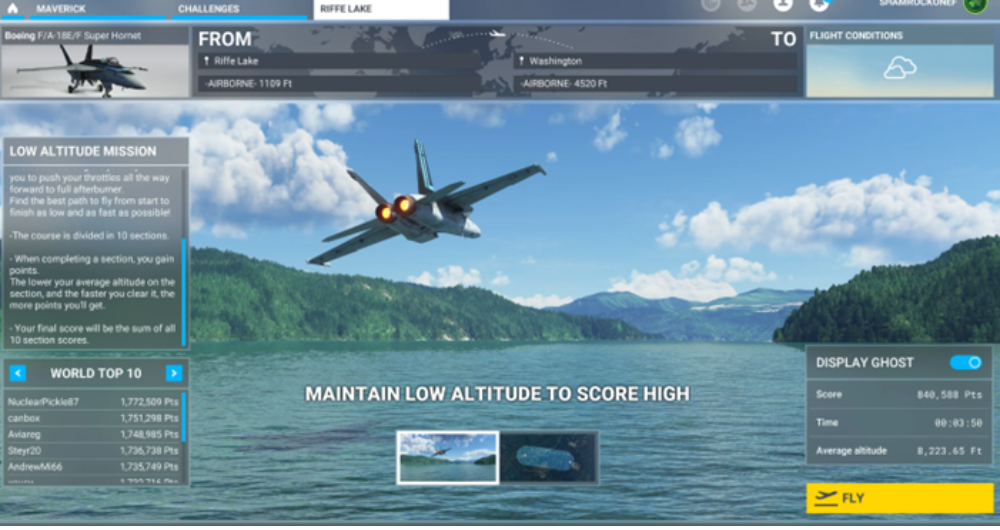
The ability of Top Gun pilots to process information and make complex decisions faster than their opponent is key to achieving air superiority. Quickly reacting to a dynamic environment and making decisions with data has been a cornerstone of all pilot training. Any system can be optimised by data-enabled simulation, and businesses are increasingly turning to ‘Digital Twin’ technology to do just that. A Digital Twin provides a digital representation which can be analysed to optimise the operation of the physical twin.
US Air Force Colonel John Boyd hypothesised that individuals and organisations undergo a continuous interaction cycle with their environment. Boyd developed the ‘OODA Loop’ as a simple decision process by which an entity (either an individual or an organisation) reacts to an event by breaking the decision cycle down into four interrelated and overlapping processes through which one cycles continuously: Observe, Orient, Decide, and Act (OODA).
Digital transformation in industry is currently driven by the convergence of two key fields. Internet of Things (IoT) technology allows for data to be captured via multiple physical and virtual sources in in system environment from factories to shopping centres to homes via cameras, sensors, phones, appliances, street furniture etc. Big data analysis allows us to collate and derive knowledge from these multiple data sources in real time.
The ability of public and private sector organisations to effectively manage information and extract knowledge to make complex decisions is no longer a luxury but an imperative for survival and gaining competitive advantage. Many organisations are building their core business on their ability to collect and analyse information to extract business knowledge and insight. However, many are struggling in their digital transformation journey. If public and private organisations are to maximise the benefits from the resulting data ecosystems, we need to rethink how we process information and make decisions in dynamic environments.
Digital transformation is creating the same problem for leaders in public and private organisations as Top Gun pilots face. They need to make better and faster decisions by processing large volumes of data, extracting insight, and then taking action using that insight. But it is not just leaders who face this project; the entire organisation must have this decision-making capacity.
Digital Twins are an emerging cyber-physical technology that can help entire organisations to make decisions like a Top Gun pilot by providing a holistic view of the world that integrates, correlates, and interprets data within the familiar human-friendly twin metaphor.
A Digital Twin is a digital replica of physical assets (car), processes (value-chain), system (transport), or physical environment (building) that helps users observe the relevant data, orient to the best possible position relative to the goal, decide on the best course of action to take, and act rapidly on that decision.
Digital twins are constructed from multiple data sources, including real-time IoT sensors, historical sensor data, traditional information systems, and input from human operators and domain experts. The resulting data is then used to provide a digital representation which enables visibility into processes and operations to support analysis and optimisation. The digital representation (i.e. simulation model or data-driven model) updates and changes as the physical twin changes. The digital representation provided by the digital twin can be analysed to optimise the operation of the physical twin.
Digital Twins use machine learning, cognitive analytics and AI techniques to learn the optimal operating conditions of the physical twin and optimise the physical twins’ operations in areas such as performance, maintenance, and user experience. In addition, digital twins are used to find root causes of potential anomalies (prediction) and improve the physical process (innovation).
A wide range of digital twins can be created from human organs such as the heart and lungs to aircraft engines and city-scale twins. Creating Digital Twins requires organisations to have sophisticated capabilities in the areas of data management, artificial intelligence, and digital transformation. At the Insight SFI Research Centre for Data Analytics we help organisation to create digital twins to support their digital transformations by leveraging our world-class expertise in data spaces, data governance and data privacy together with our state of the art technologies for knowledge graphs, natural language processing, and cognitive analytics.